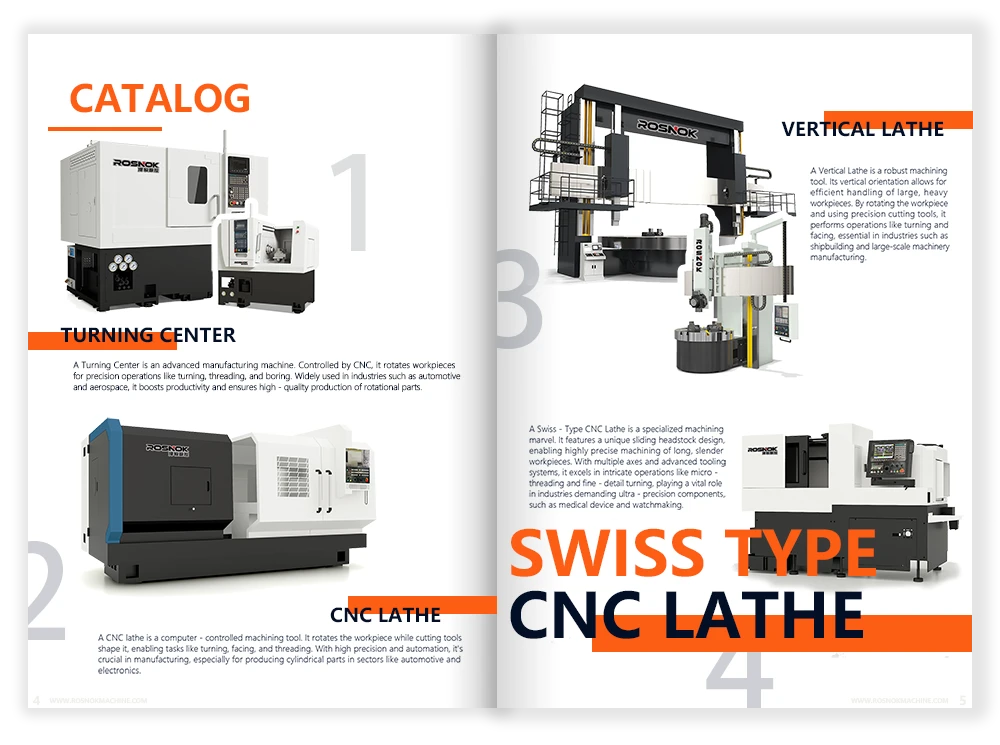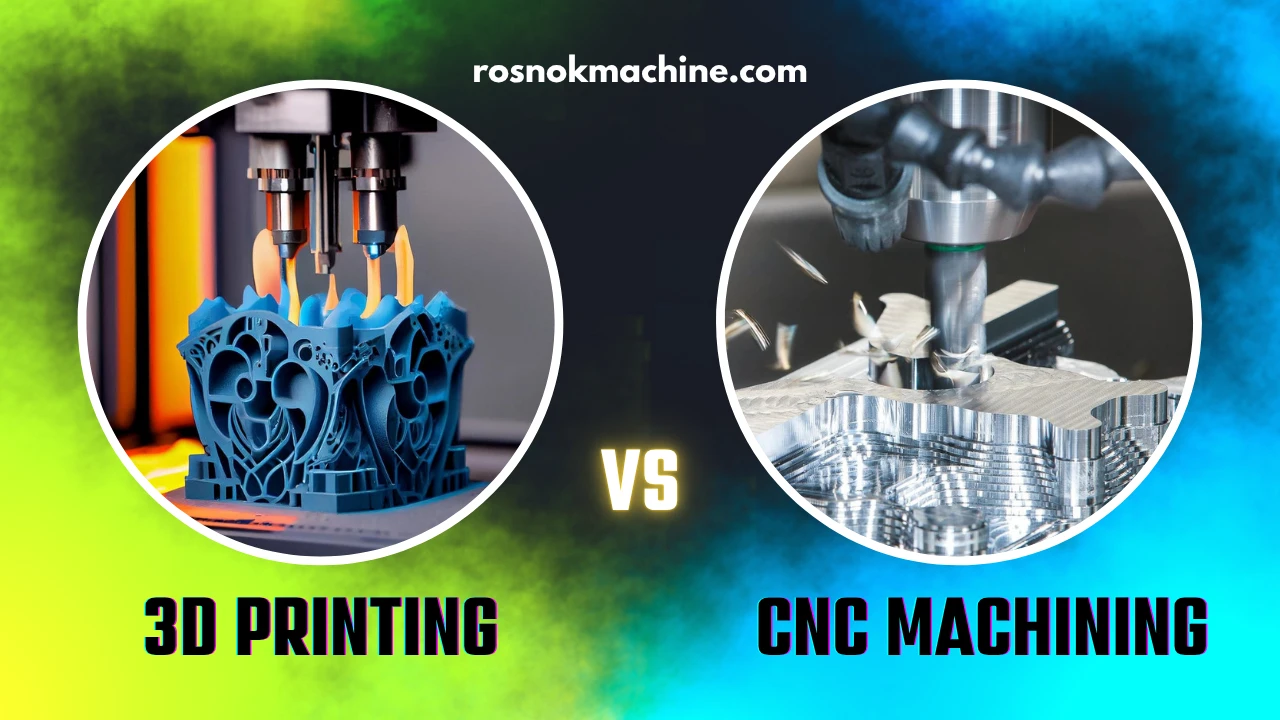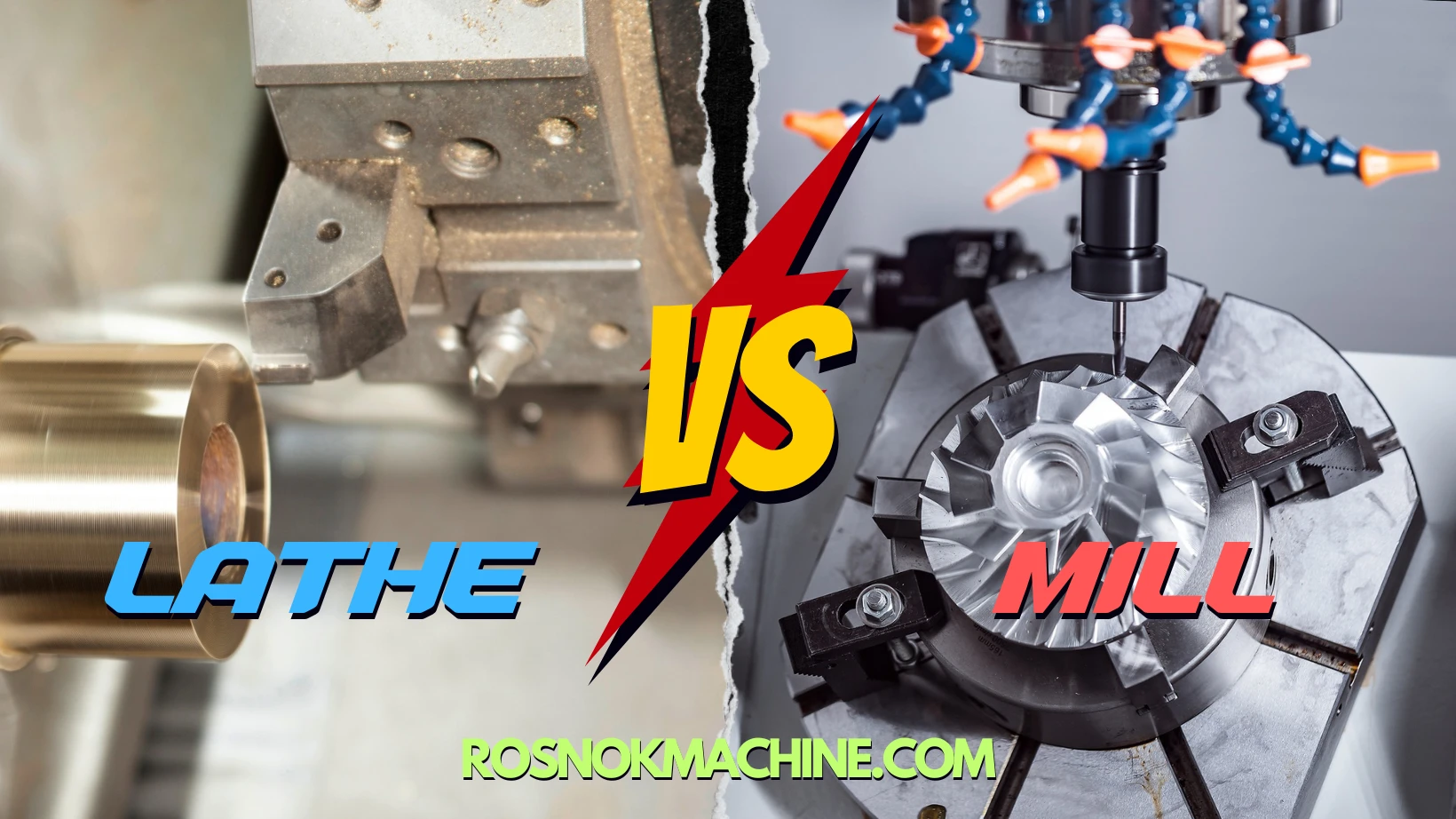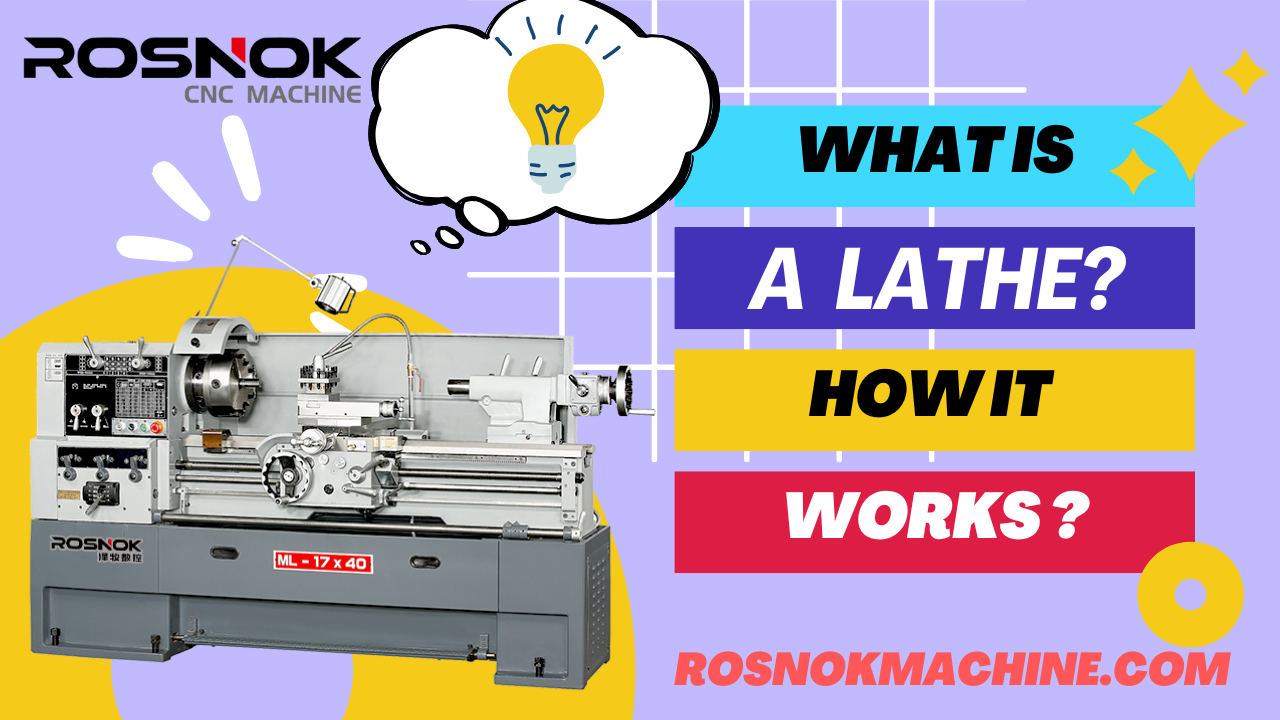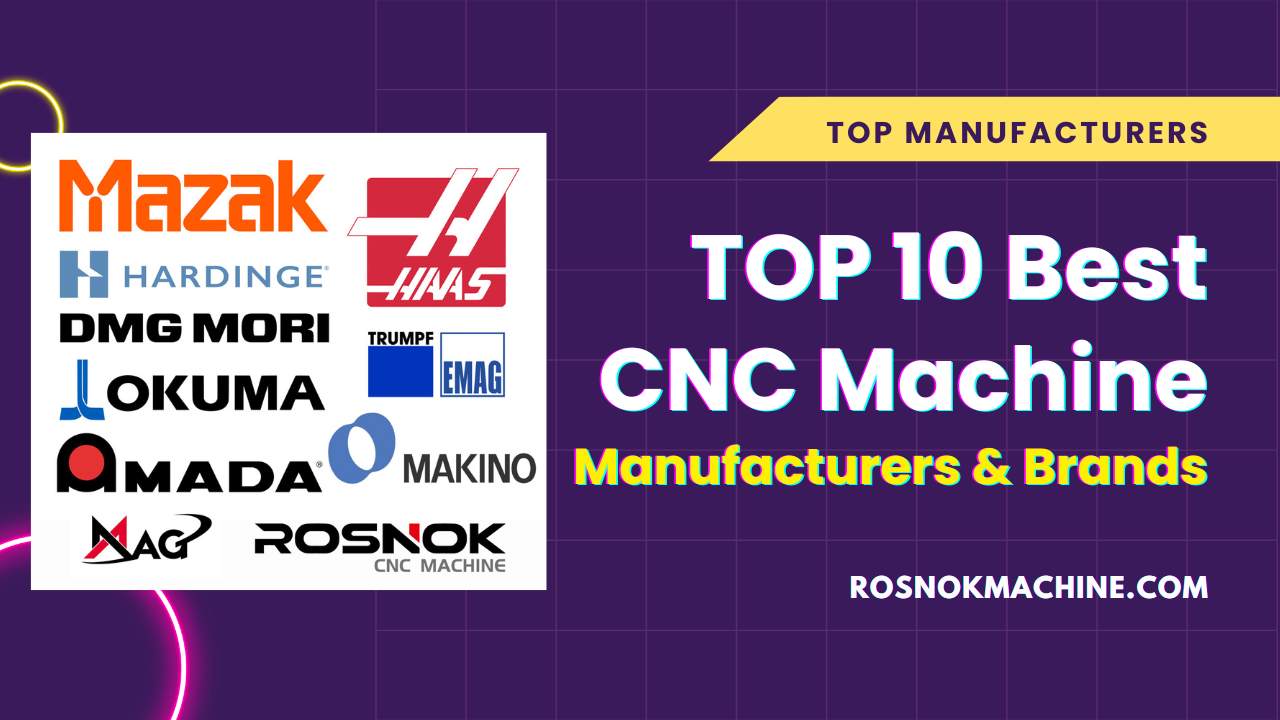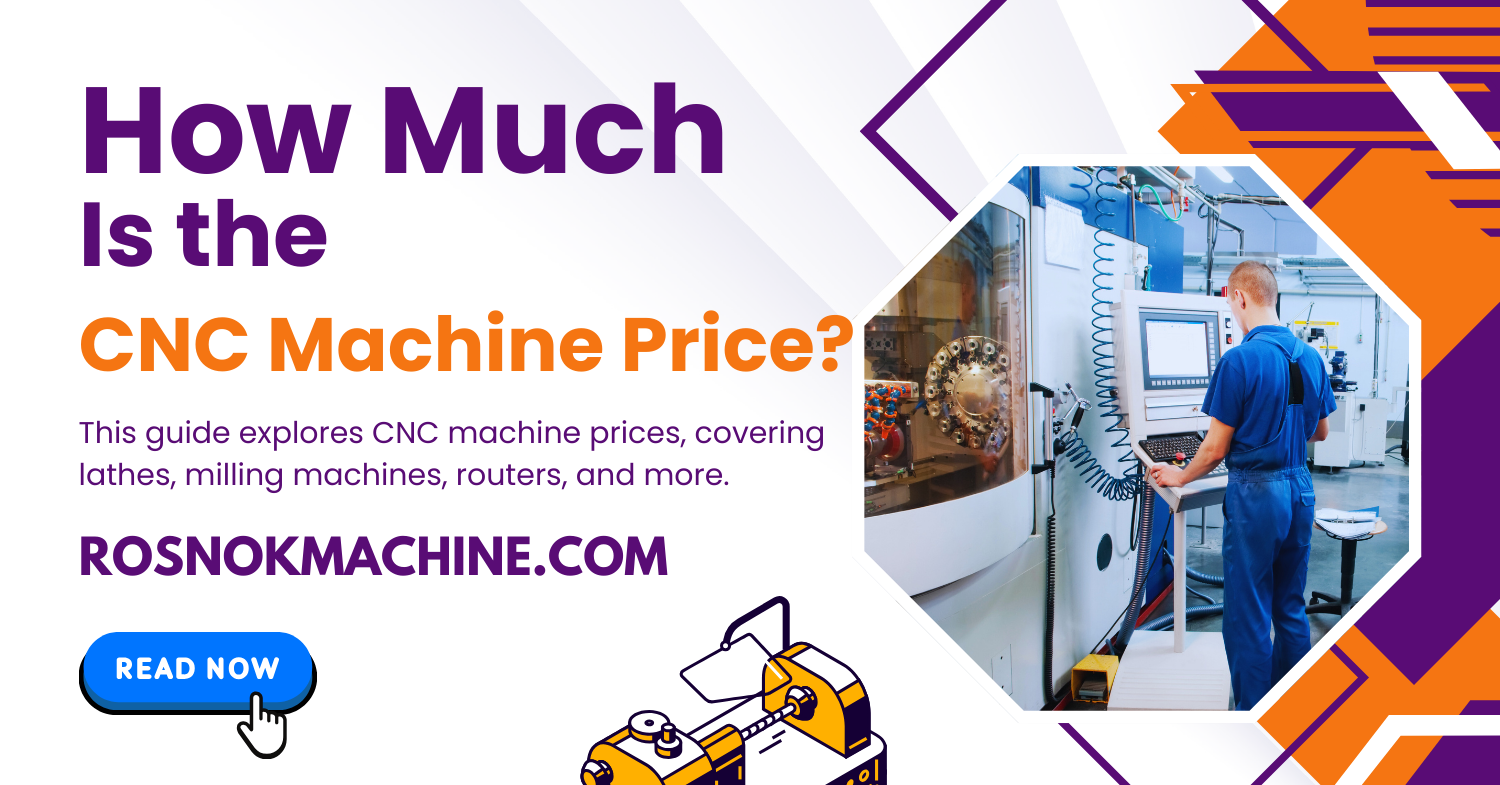When it comes to 3D Printing vs CNC Machining, choosing between the two can be confusing. Each promises precision and flexibility, yet the wrong choice may lead to wasted materials, poor tolerances, or higher costs in production. Manufacturers often struggle to decide which process truly fits their design, budget, and performance requirements.
The main difference between 3D Printing vs CNC Machining lies in how material is used. 3D printing builds parts layer by layer through additive manufacturing, creating complex shapes with minimal waste. In contrast, CNC machining removes material from a solid block using cutting tools, achieving higher precision and tighter tolerances. While 3D printing excels in rapid prototyping and lightweight designs, CNC machining delivers superior strength, surface finish, and dimensional accuracy for production parts.
Now that we’ve seen how the two methods differ, it’s time to look deeper. Each process offers unique strengths in precision, cost, and production capability — understanding them will help you make smarter manufacturing choices.
What Is CNC Machining and How Does It Work?
Definition and Core Principles of CNC Machining
CNC machining, short for Computer Numerical Control machining, is a subtractive manufacturing process where programmed computer software directs the movement of cutting tools and machinery. Instead of manually operating equipment, CNC systems precisely control tools along multiple axes to remove material from a solid workpiece, shaping it into a desired design. This automation allows for consistent accuracy, repeatability, and superior quality across production runs — making CNC machining the backbone of modern precision manufacturing.
Subtractive Manufacturing Explained
CNC machining operates on the principle of subtractive manufacturing. A solid block of metal or plastic—often called a workpiece—is gradually shaped by removing material through computer-controlled cutting tools. Each programmed motion of the spindle and toolpath determines how much material is taken away, layer by layer, until the final geometry is achieved. Unlike additive approaches such as 3D printing vs CNC machining, where components are built up, the subtractive process begins with a full volume and carves it down to exact dimensions. This method provides designers with predictable control over every contour and is the foundation for the performance advantages discussed in the next section.
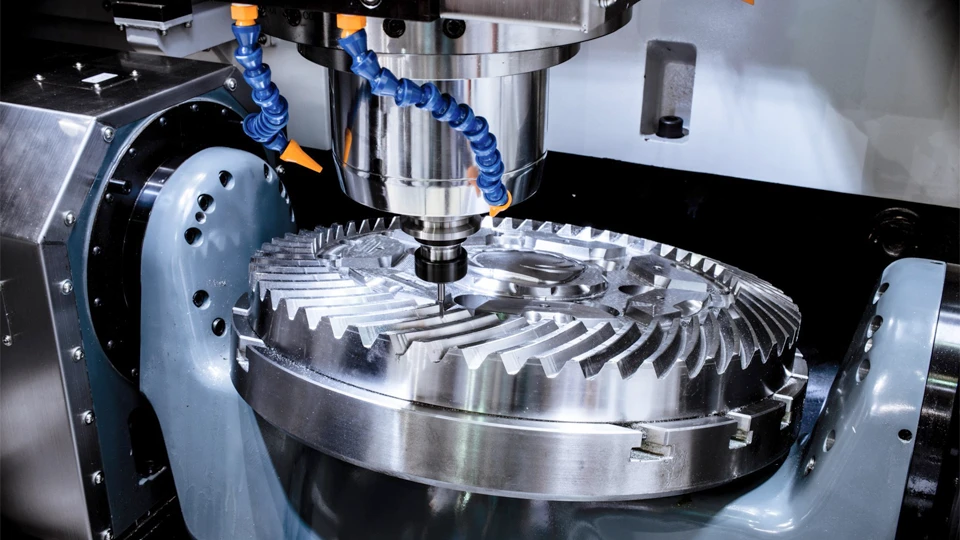
Advantages of CNC Machining (Precision, Repeatability, Strength)
One of the main advantages of CNC machining is its unmatched precision and consistency. Every movement is computer-controlled, which means once a design is set, it can be replicated thousands of times with minimal deviation. This process is ideal for industries that demand tight tolerances, such as aerospace, automotive, and energy. When comparing CNC machining vs 3D printing, machining remains the superior choice for applications where strength, surface finish, and long-term durability are critical.
Limitations of CNC Machining
Despite its many strengths, CNC machining has limitations that manufacturers must consider. Because it removes material rather than adding it, the process can generate significant waste, especially when working with expensive metals like titanium or stainless steel. The complexity of internal cavities or lightweight lattice structures achievable with additive technologies is often difficult to replicate through traditional machining. Setup costs can also be higher, making small production runs less cost-effective. That’s why, in many cases, manufacturers compare machining vs 3D printing to decide which method suits their part design, production volume, and cost goals best.
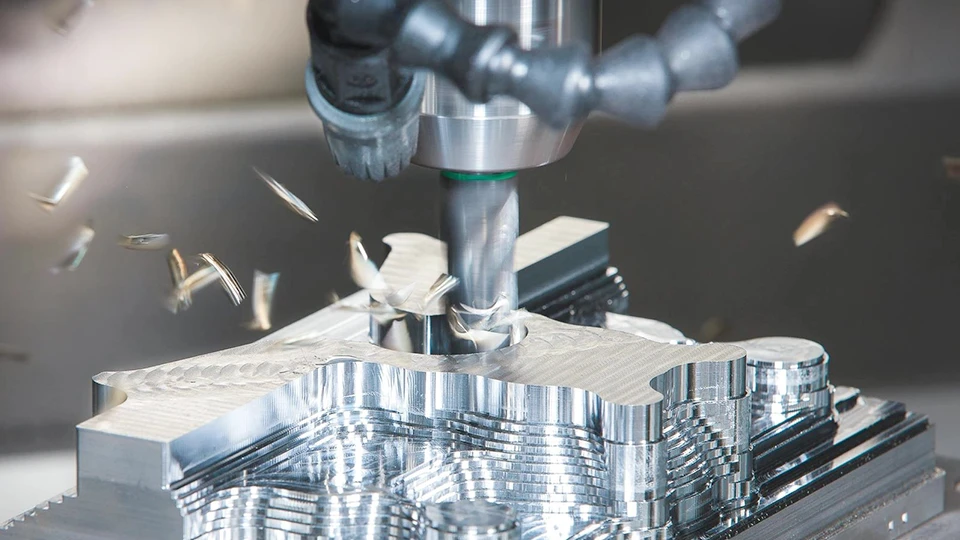
What Is 3D Printing and How Does It Work?
Definition and Additive Manufacturing Basics
3D printing, also known as additive manufacturing, is a process that creates parts layer by layer from a digital design. Unlike CNC machining, additive manufacturing forms parts by adding material layer upon layer — the fundamental distinction behind 3D printing vs CNC machining. This method allows manufacturers to build intricate geometries, hollow structures, and internal channels that are impossible to produce through traditional subtractive methods.
Common Technologies: FDM, SLA, SLS, and Metal Printing
Several technologies fall under the umbrella of 3D printing, each using different materials and bonding mechanisms. FDM (Fused Deposition Modeling) melts thermoplastic filaments to form each layer, while SLA (Stereolithography) cures liquid resin using ultraviolet light for high precision. SLS (Selective Laser Sintering) and metal printing use laser energy to fuse powdered materials, producing durable industrial components. When comparing CNC machining vs 3D printing, these methods provide unmatched design flexibility and rapid prototyping speed.
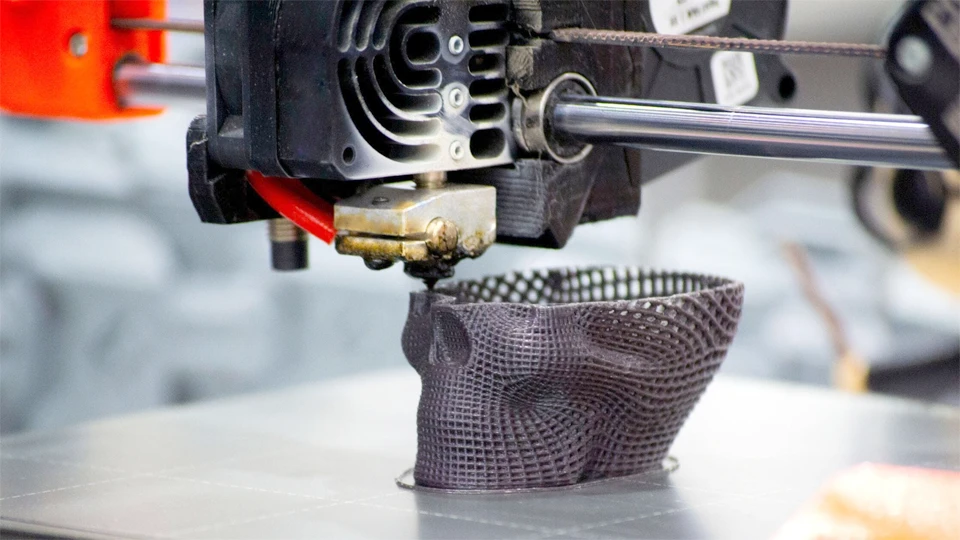
Benefits of 3D Printing (Complex Geometry, Low Waste, Fast Prototyping)
The greatest advantage of 3D printing lies in its design freedom and material efficiency. Because material is added only where needed, almost no waste is generated. It’s ideal for producing prototypes, lightweight parts, and small batches without costly tooling setups. Engineers can iterate designs quickly, reducing time-to-market while maintaining accuracy suitable for concept validation and functional testing.
Limitations of 3D Printing
Despite its flexibility, 3D printing has notable limitations. The achievable precision and surface finish are generally lower than what machining provides. Printed parts often require post-processing or finishing to meet industrial tolerances. In addition, the additive process can alter a material’s microstructure, leading to weaker mechanical properties or internal stresses compared with parts produced through CNC machining. Material selection is also more limited, especially for metals that demand specific mechanical performance. For large-scale or high-strength production, CNC machining continues to offer better dimensional stability and long-term reliability.
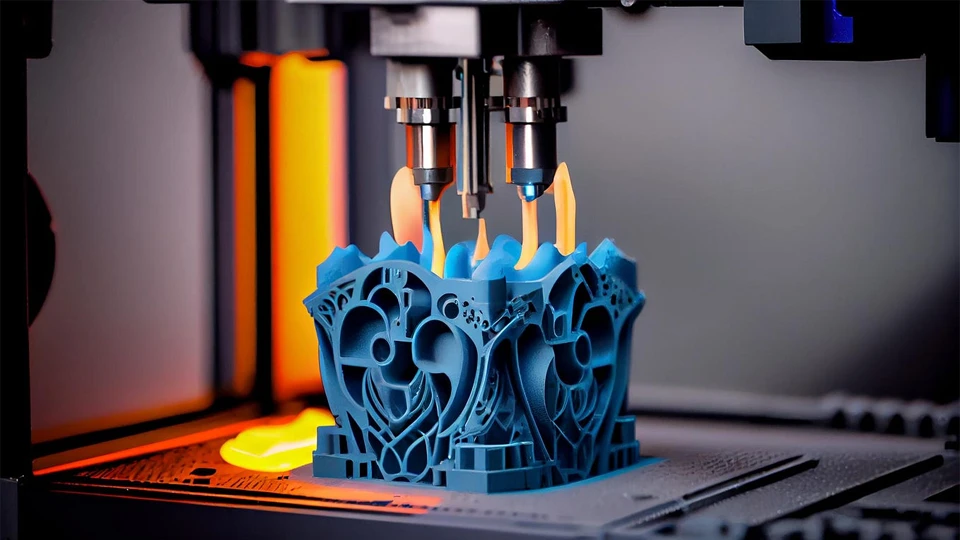
3D Printing vs CNC Machining: Core Differences Explained
Additive vs Subtractive Manufacturing Processes
The most fundamental difference between these two technologies lies in how material is formed. CNC machining is subtractive — it cuts away material from a solid block to reveal the final shape. 3D printing, by contrast, is additive — it builds components layer by layer based on digital models. This distinction affects every aspect of production, from design approach to material usage. Additive methods minimize waste and enable complex geometries, while subtractive machining ensures stronger parts with stable internal structures.
Precision and Surface Finish
When evaluating CNC machining vs 3D printing, precision remains one of the most decisive differences. Machined components routinely achieve tolerances as tight as ±0.01 mm and deliver mirror-like surface finishes with minimal post-processing. By comparison, printed parts often display visible layer lines and require secondary finishing for high-precision fits. For industries like aerospace, automotive, and medical devices, where tolerances define safety and functionality, machining still stands as the preferred process.
Material Range and Mechanical Properties
CNC machining supports a much broader selection of materials — from hardened steels and titanium alloys to high-performance plastics and composites. Each retains its native mechanical properties, as cutting doesn’t alter internal grain structure. In contrast, additive manufacturing can weaken material strength due to thermal stresses and inconsistent layer bonding. When comparing 3D printing vs machining, this difference often determines which process engineers choose for structural or load-bearing parts.
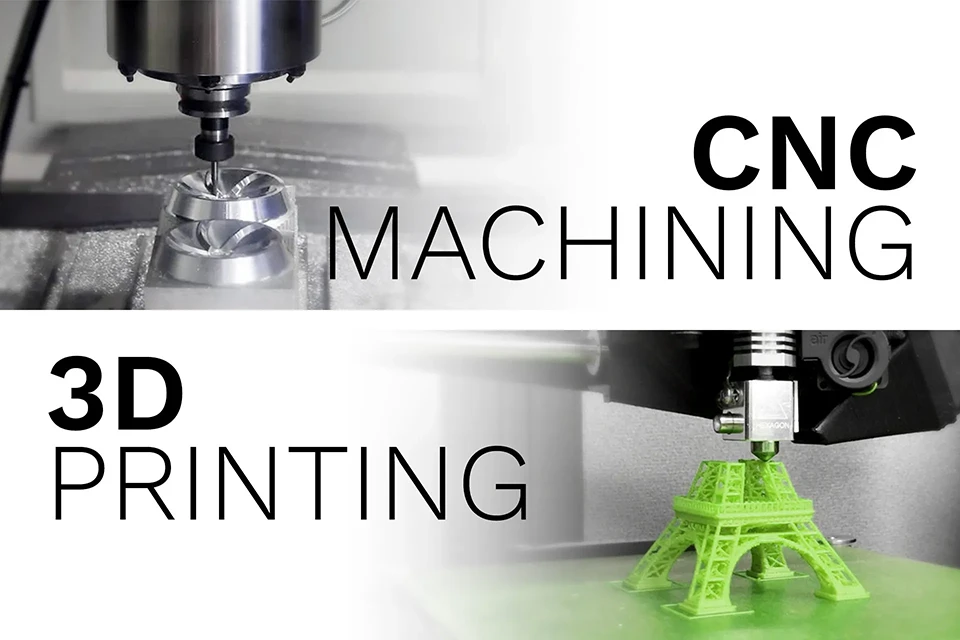
Production Speed and Efficiency
Production speed depends on part complexity and volume. For one-off prototypes or intricate designs, 3D printing can deliver parts faster without the need for setup or tooling. However, when scaling to mass production, machining quickly becomes more efficient. Once programs and fixtures are optimized, CNC machines can run continuously with minimal supervision. In machining vs 3D printing, subtractive systems also handle multi-part batches better, reducing cycle times and improving repeatability.
Design Complexity and Part Geometry
3D printing offers unmatched flexibility in geometry. Designers can create organic shapes, lattice structures, and internal channels without worrying about tool accessibility. Machining, on the other hand, is constrained by tool reach and fixture setup. Yet for components that require high strength or fine tolerances, engineers often use both technologies together — printing near-net shapes, then finishing critical surfaces through CNC machining. This hybrid approach combines the best of both worlds: 3D printing’s creativity and machining’s precision.
Waste Management and Sustainability
Material efficiency is another key distinction between additive and subtractive manufacturing. 3D printing uses only the amount of material required to form a part, significantly reducing waste. CNC machining, being subtractive, generates chips and offcuts, especially when producing complex geometries from metal blocks. However, these byproducts can often be recycled, and modern machining centers are becoming more energy-efficient. For environmentally conscious manufacturers, the balance between waste reduction and power consumption determines which process offers the greener solution.
| Aspect | 3D Printing | CNC Machining |
|---|---|---|
| Manufacturing Method | Builds parts layer by layer by adding material only where needed. | Removes material from a solid block to form the final part. |
| Precision & Tolerance | Moderate; typical tolerance around ±0.1 mm, depends on technology. | Extremely high; tolerances as tight as ±0.01 mm achievable. |
| Surface Finish | Visible layer lines; often requires post-processing for smoothness. | Excellent finish directly off the machine; minimal post-processing. |
| Material Range | Limited; mainly polymers, resins, and select metals. | Extensive; includes metals, plastics, and high-performance alloys. |
| Mechanical Strength | Lower due to layer bonding and internal stress. | High; material grain and mechanical properties fully preserved. |
| Design Complexity | Excellent for complex geometries and internal channels. | Limited by tool access and fixturing constraints. |
| Production Speed | Faster for prototypes and one-off parts; minimal setup time. | Faster for batch production; ideal for large-scale manufacturing. |
| Cost Efficiency | Low cost for small runs and complex prototypes. | More cost-effective for higher volumes once setup is done. |
| Material Waste | Minimal; only uses required material. | Generates chips and scrap, though often recyclable. |
| Scalability | Not ideal for mass production; slower build times. | Highly scalable for repetitive, high-volume production. |
| Best Suited For | Prototyping, lightweight parts, and design testing. | Production parts, precision components, and end-use products. |
| Energy Consumption | Generally lower per part but varies by material. | Higher, especially with hard metals, though improving with technology. |
Conclusion
Choosing between 3D printing and CNC machining isn’t about which is better — it’s about which is right for your goal. 3D printing brings creativity to life through complex shapes and design freedom, while CNC machining delivers proven precision, stability, and unmatched strength. Both methods have reshaped modern manufacturing, each filling the gap the other leaves behind. In the end, successful production doesn’t come from chasing trends; it comes from understanding materials, tolerances, and the balance between innovation and reliability — the very foundation of modern engineering.
At Rosnok, we build the machines that turn those principles into real results. Our CNC lathes, machining centers, and vertical mills are designed for manufacturers who demand precision, efficiency, and long-term reliability. Many of our customers begin by comparing CNC machining vs 3D printing, and often find that the final step of perfection still depends on CNC finishing — the part where our equipment excels. Whether you’re machining complex aerospace components, automotive parts, or high-precision prototypes, our goal remains simple: help you achieve tighter tolerances, smoother finishes, and higher productivity with every cut.
